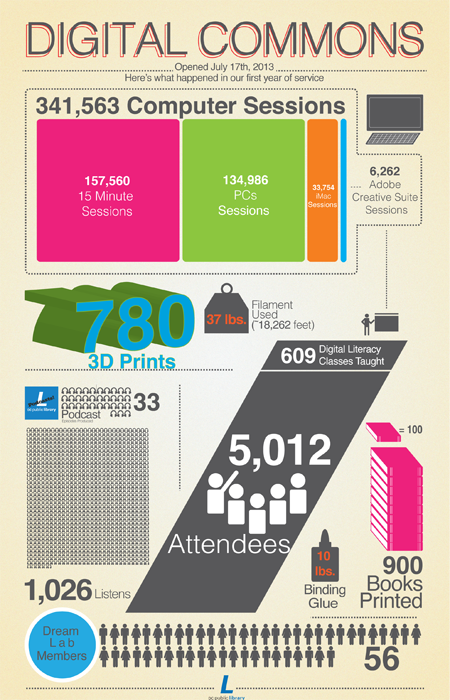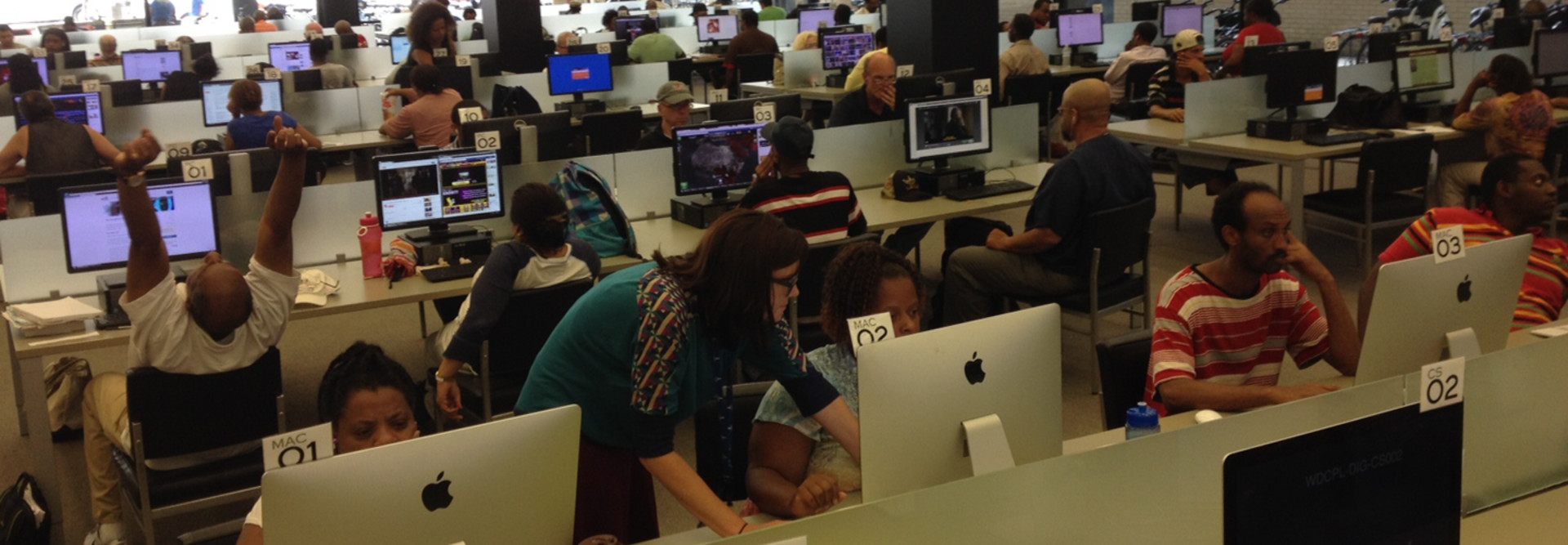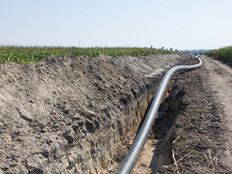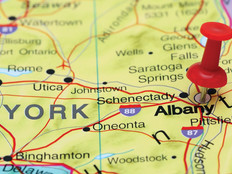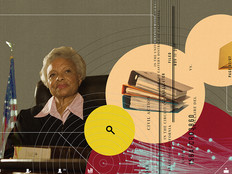What Makes the MLK Jr. Memorial Library a Digital Hub? [#Infographic]
There was a time when the terms public library and digital hub weren’t used in the same sentence.
But that’s drastically changing as library systems embrace new ways of offering patrons high-speed Internet and access to digital resources and technology-based classes. Today’s modern libraries are more like a Starbucks, genius bar and bookstore rolled into one, and the far-reaching impact on their local communities is huge.
Over the past year, the Digital Commons at the Martin Luther King Jr. Memorial Library in Washington, D.C., has held more than 340,000 computer sessions and taught 609 digital literacy classes to more than 5,000 attendees. Dozens of small organizations, groups and individuals have joined the Digital Commons Dream Lab to develop and sustain new ventures.
“We have made an impact that I don’t even think we fully understand,” Nick Kerelchuk, manager of the Digital Commons, said in a recent StateTech interview. “We’ve filled a need that was larger than what we thought.”
Results from the 2013 Digital Inclusion Survey show that 98 percent of public libraries offer some form of technology training. Overall, libraries reported having an average of 19.8 public access computers, but libraries in the city exceed that, with an average of 40.5 computers for the public. The Digital Commons in D.C. has 80 public computers.
Digital inclusion encompasses high-speed Internet access, information and communication technologies, digital literacy and “the ability of individuals to use digital technologies, create content and more fully engage in an increasingly digital life.”
The infographic below outlines the digital revolution that has taken place at the Martin Luther King Jr. Memorial Library over the past year. You can read more about the library’s Digital Commons and its impact on the community here.
